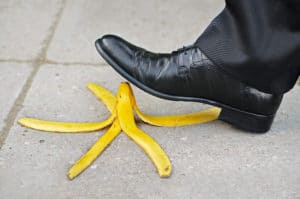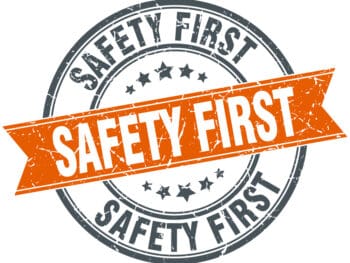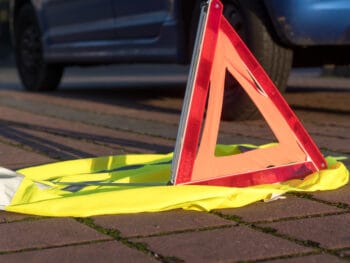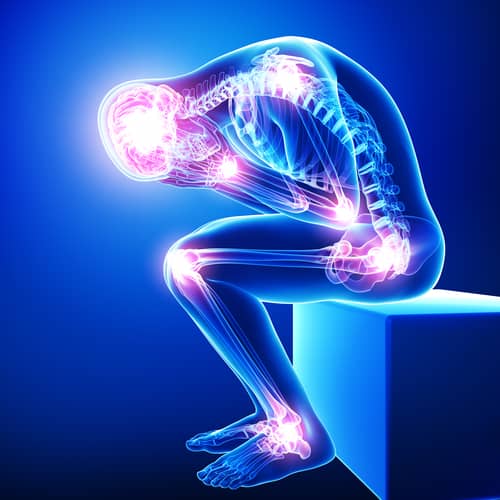
Caution: Slippery When Wet
Injuries sustained from slips/falls continue to be the most common workplace incident. The result of this ongoing trend is that employers pay countless dollars every year in increased workers’ compensation premiums for preventable incidents. Employers seeking to reduce their workers’ compensation costs must become serious in addressing this issue.
Based on research, the National Safety Council has opined that slip/fall injuries account for over 20% of all work-related injuries in the United States. The actual impact is hard to quantify, given the varying resulting injuries. These incidents can be as minor as a sprain/strain-type injury to severe trauma, including traumatic brain injuries (TBIs) and back injuries requiring spinal surgery.
There are many common elements in any slip/fall workplace injury. These often include:
- Liquid on the walking surface that was never cleaned up properly or in a timely manner;
- Cracks on flooring, carpeting, or uneven surfaces;
- Failure or of an employer to place required signage warning people of danger;
- Inadequate lighting;
- Exposed cables that result in someone tripping; and
- Stairs, ladders or scaffolding that is not properly maintained.
Employers and other interested stakeholders need to take proactive measures on this issue. Taking time to inspect visually a worksite is an important first step. This should also include measures where employees can report unsafe situations. Management must then take immediate corrective action to remedy the situation. Doing so creates a positive safety environment and forces employees to see value in safety measures.
Look Out Below!
Falls from heights are a frequent hazard that results in countless injuries. A majority of the injuries that occur while working at heights cause catastrophic claims. According to the Bureau of Labor Statistics, falls from heights in the workplace account for roughly 14% of all workplace deaths. It is also a frequent source of citations from OSHA. These mainly occur when work is performed on scaffolding and ladders.
Working from heights can never be eliminated in the workplace. Proactive employers can prevent these incidents by taking the following steps:
- Educating all employees on the dangers working at height presents and how to be safe when working in these environments;
- Reducing the amount of time and number of employees that need to work on ladders and scaffolding; and
- Educating all employees on the use of proper safety equipment. This includes exercising caution before working at heights and using only equipment that is free from defects that fits correctly.
Management and other interested stakeholders need to be proactive on this issue. In many instances, this not only includes ethical obligations but legal standards. This also includes making sure employees are given equipment that works. Other steps include replacing outdated equipment or replacing something when it breaks. Quick fixes do not relay confidence in employees and may be illegal.
Conclusions
All employers must take proactive steps regarding a safe work environment and reducing the probability of work injuries. Two focus areas should be reducing slip/fall incidents and providing the proper equipment and training for those working at heights. The immediate benefit of following these best practices will be reduced workers’ compensation costs.

Contact: mstack@reduceyourworkerscomp.com.
Workers’ Comp Roundup Blog: http://blog.reduceyourworkerscomp.com/
©2023 Amaxx LLC. All rights reserved under International Copyright Law.
Do not use this information without independent verification. All state laws vary. You should consult with your insurance broker, attorney, or qualified professional.











